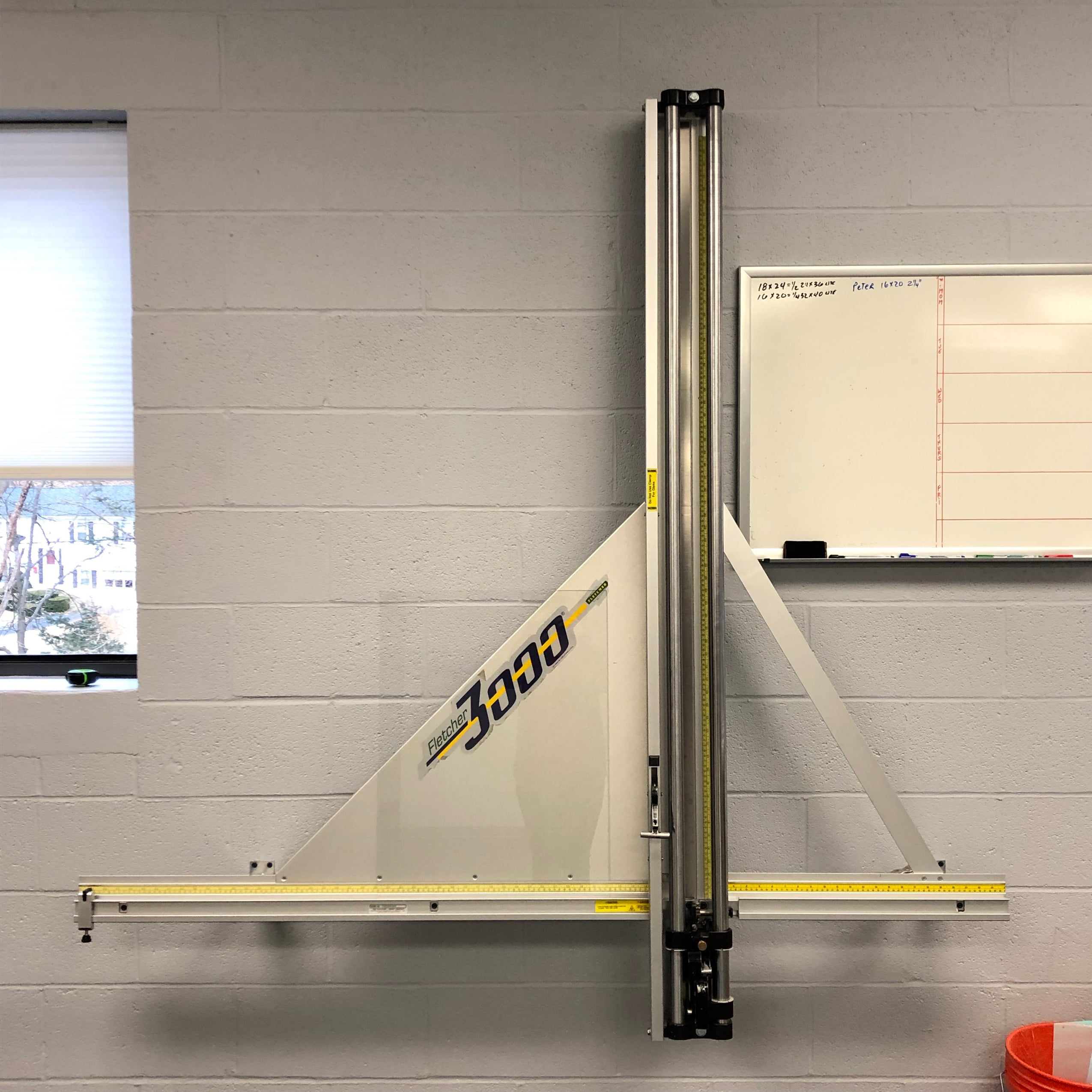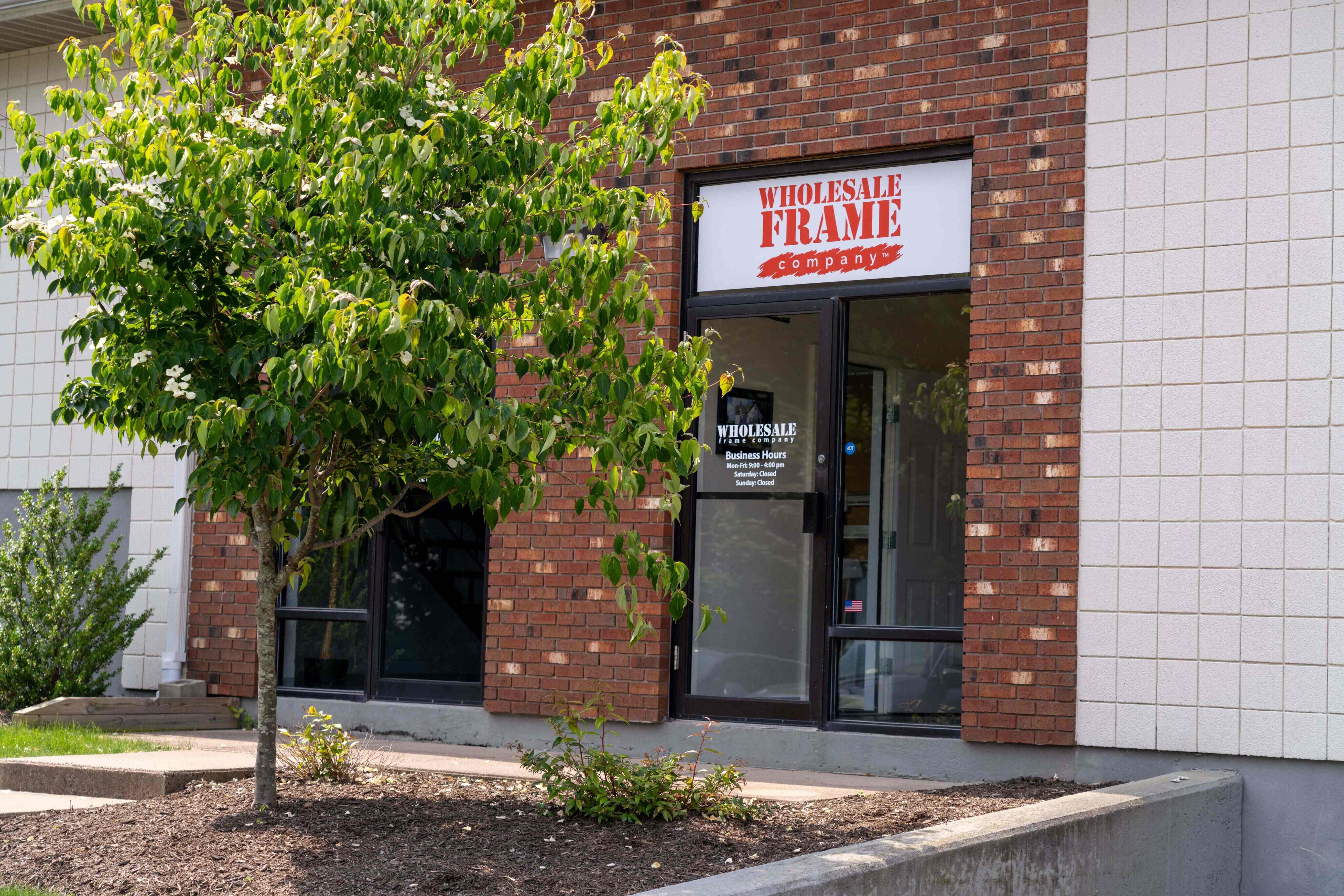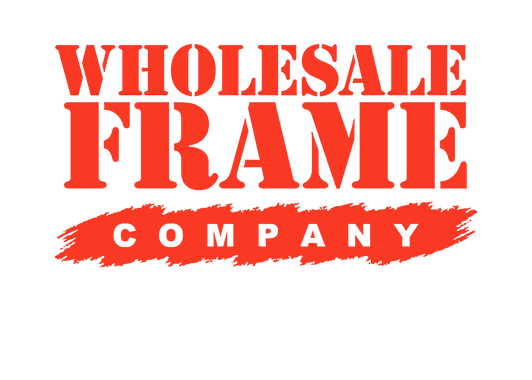
A Guide for Navigating Your Options With Glass and Plexi
Glass is an amazing material with many desirable properties! It’s easily cut to any size, see-through, water proof, strong, and relatively light weight. In the framing world, glass is intended to protect your art, and ideally - go unnoticed. It keeps out dust, defends from unwanted debris, and can even protect against damaging UV rays. However, glass is not intended to touch the art directly. There should be a little “breathing room” in-between the art and the glass. This is easily aided through the use of a mat or spacers. But before we go into that, ask yourself these questions first.
1) Do I even need glass? Almost anything on canvas with stretcher bars does not generally go behind glass. In this case, any frame that you choose i.e. floater or capped, will be either fixed to the support bars (stretcher bars) or fastened into place using off-set clips.
2) Then what should I frame with glass? Anything with a mat, pastels, watercolors and photography. Other miscellaneous items such as posters, diplomas, etc. deserve a glass covering too.
3) Are there different kinds of glass and what is the difference? Yes- there are many kinds of glass. It will help to know your intentions when deciding which type to use. Here are the 3 most common types we sell at Wholesale Frame.
Regular glass – This is as it sounds and the lease expensive option. Regular glass gets the job done in terms of protection from scratches, dust and debris, but won’t protect against harmful light and may be reflective in the wrong lighting.
Conservation Clear – Blocks up to 99% of UV rays. This glass has a coating on the backside to give it extra protection from light that might fade your art. Museums use it as a conservation technique for art that is meant to last generations.
Anti Reflective - or as we call it “AR Glass”. The more technical name is Ultra Vue UV70 Glass - meaning it blocks 70% of UV rays. This is our favorite option at Wholesale Frame. It offers unparalleled quality with little to no reflections. Cleaned properly, you won’t even know it’s there. It’s the more expensive option but worth it’s price tag, especially for smaller works.
4) What is plexi and when should I use it? Plexi is a plastic sheet also referred to as an acrylic sheet. Plexi should be used sparingly and in our opinion, only when absolutely necessary. The surface is much softer than glass and can be easily scratched, but on the plus side, it won’t shatter. Here are 3 examples when plexi would be necessary and used in place of glass.
- Plexi can be used for shows / exhibitions that require shipping. Fairly so, galleries don’t want to receive a shattered piece of glass and potentially damaged work.
- If the glass is too large then it will lose its integrity, becoming dangerous during transportation and installation. The largest sheet of glass we keep on hand is 32” x 40”. Anything over this is oversized and you might want to consider using plexi instead.
- And finally, in child proof rooms. This removes any risk of the glass breaking and the possibility of injury. Soccer balls and glass do not play well together
Note: There are many options that could be special ordered for glass and plexi. Check out the Tru-Vue website if you’re interested. https://tru-vue.com/
Stay tuned and check out our upcoming videos about cutting and cleaning glass and plexi.



